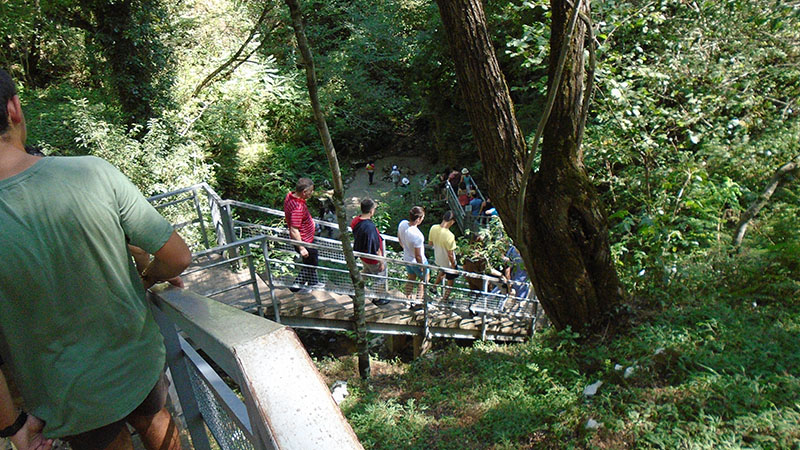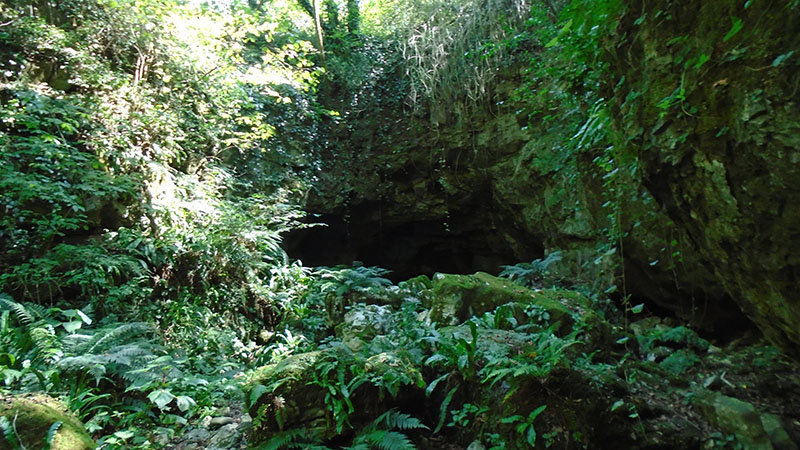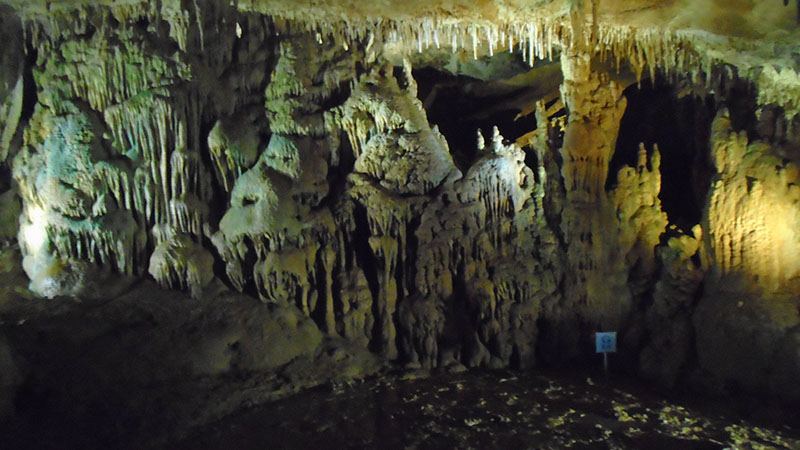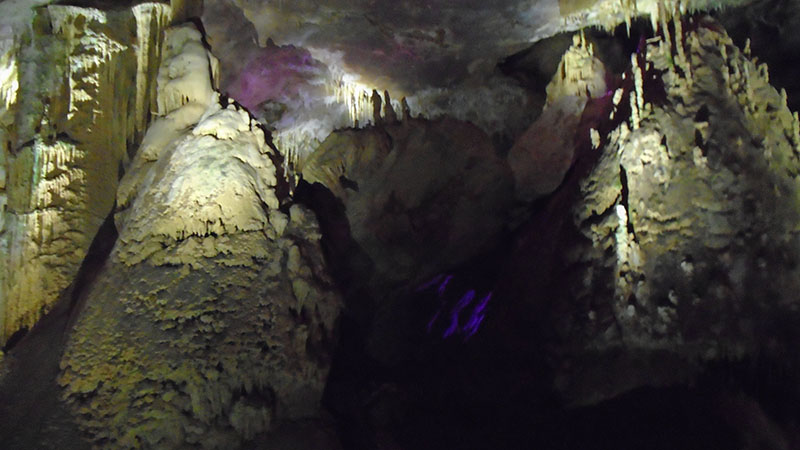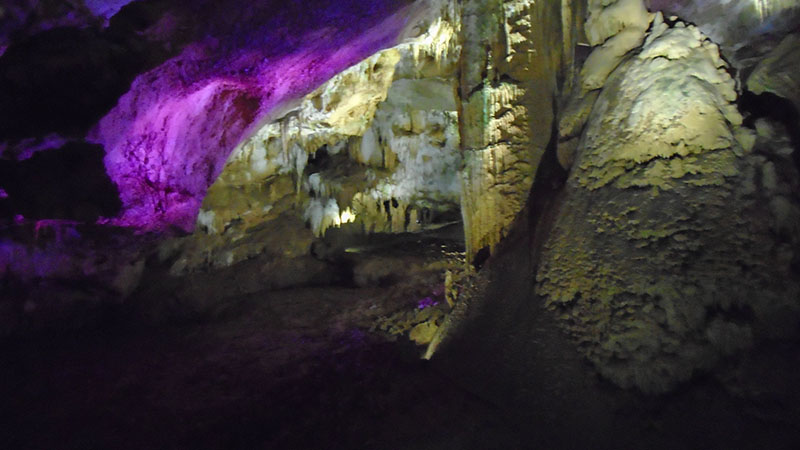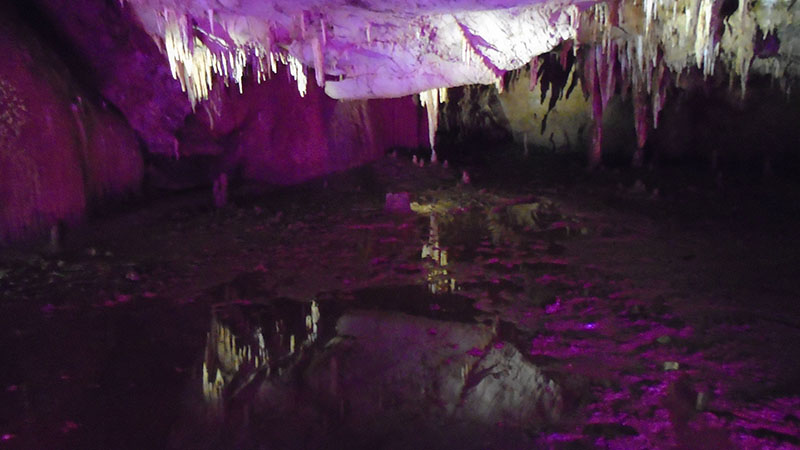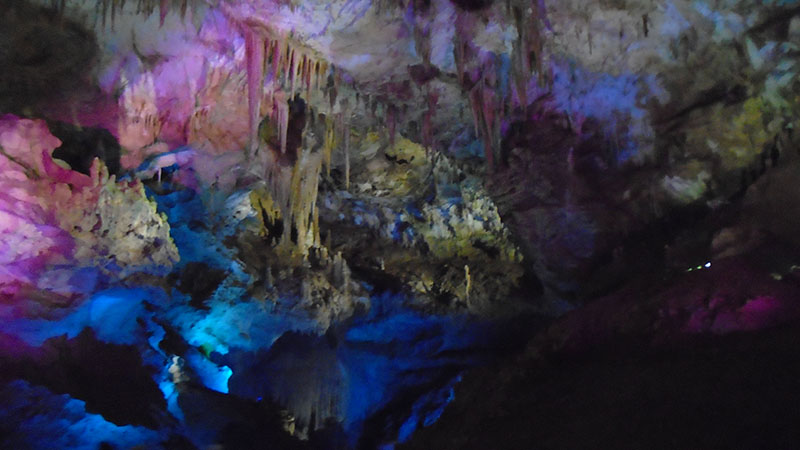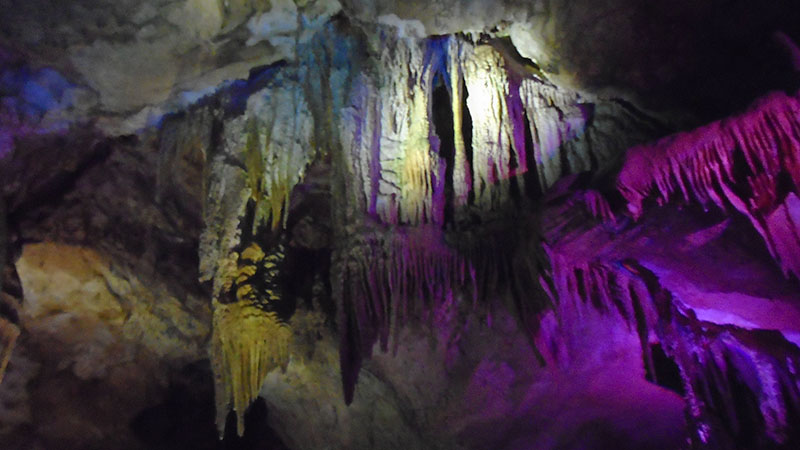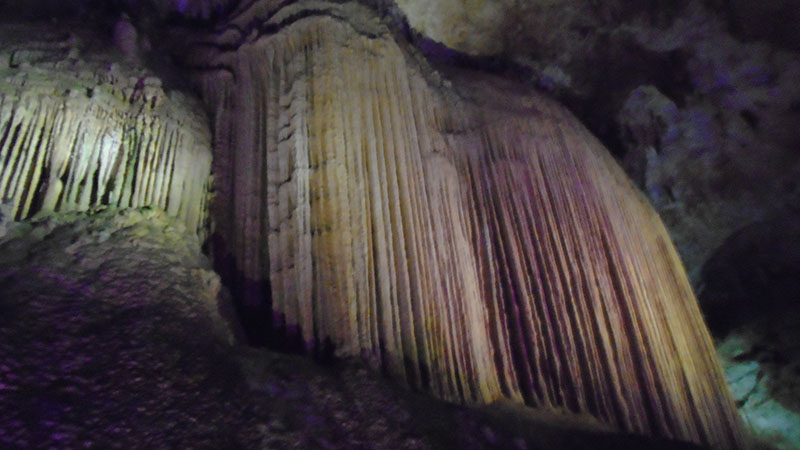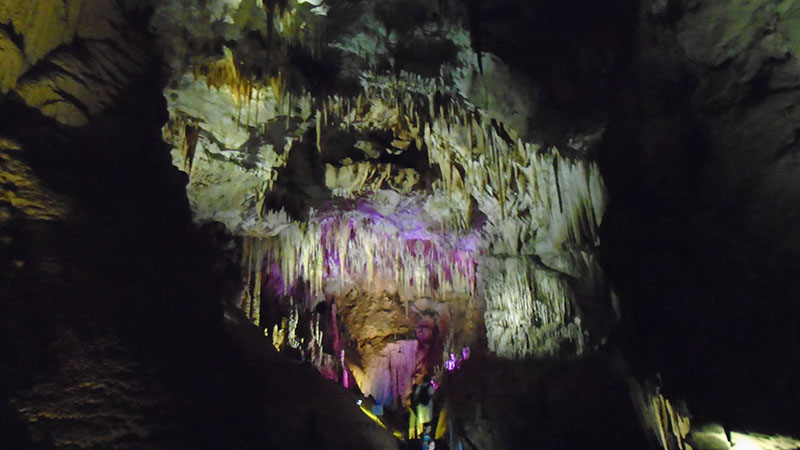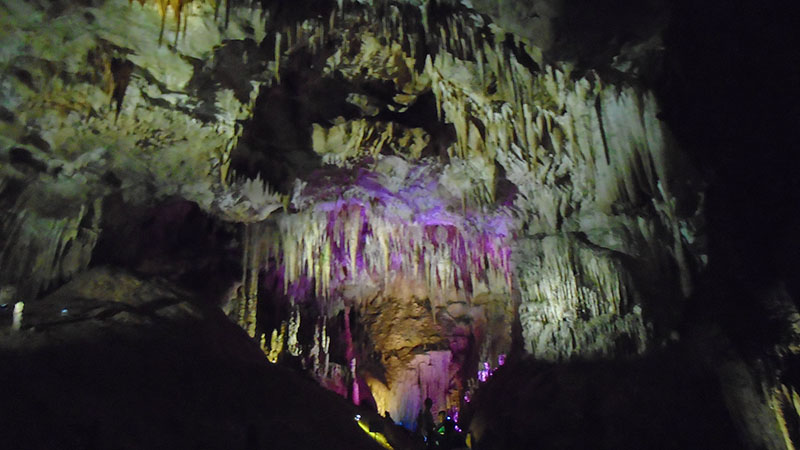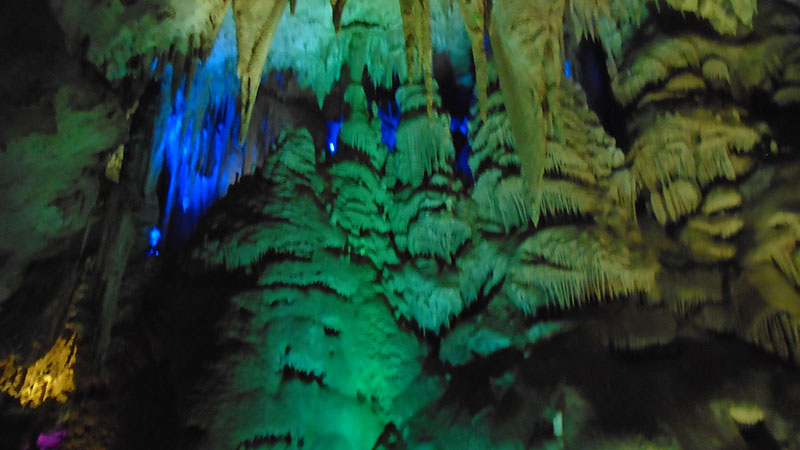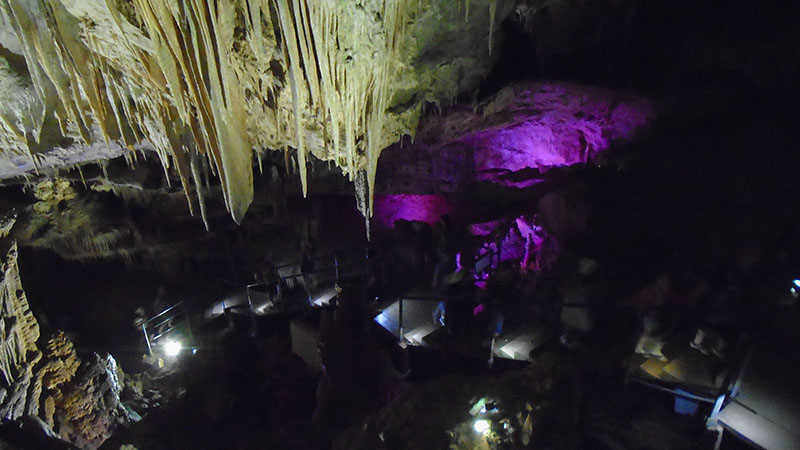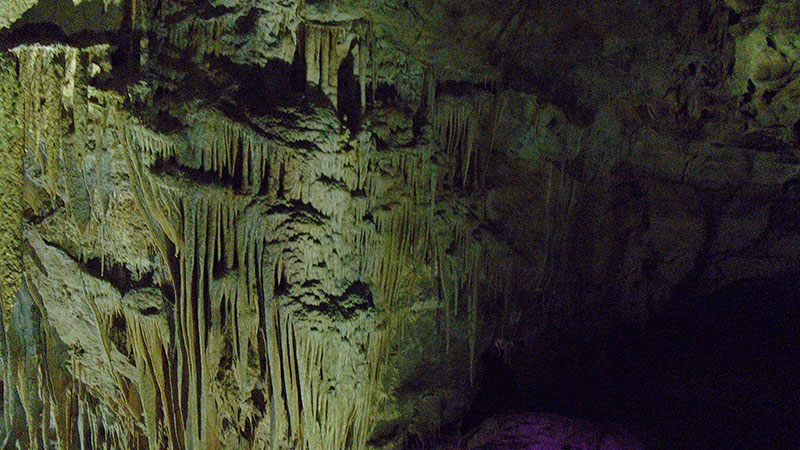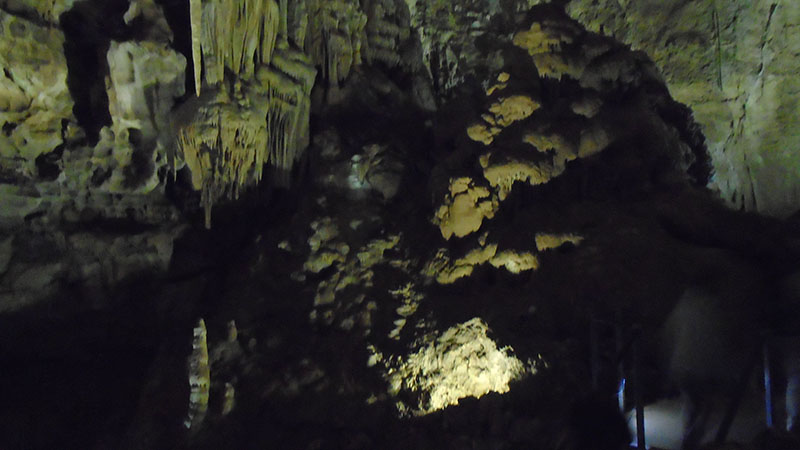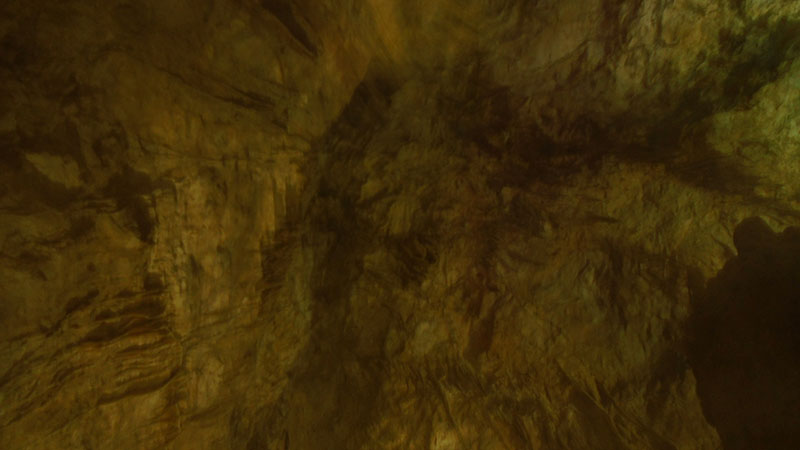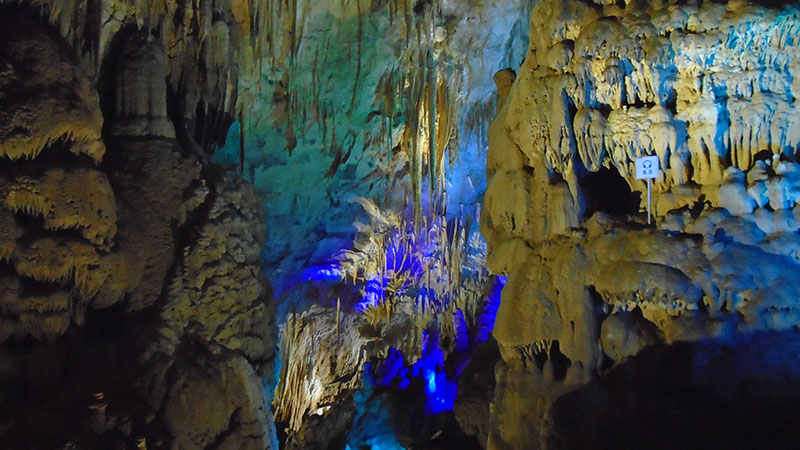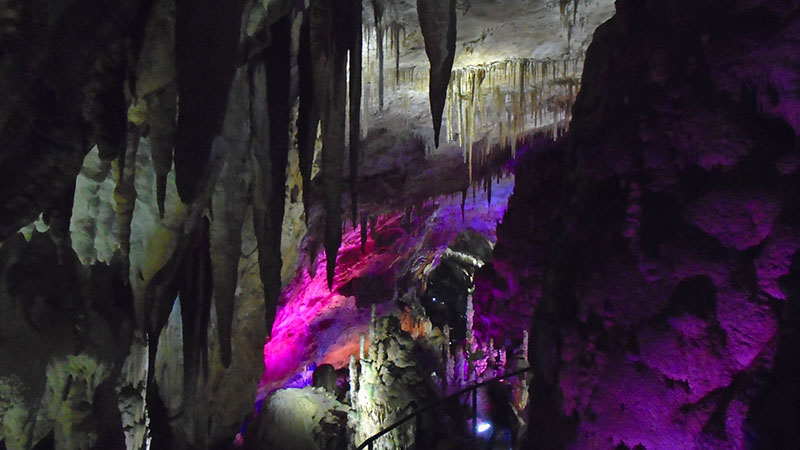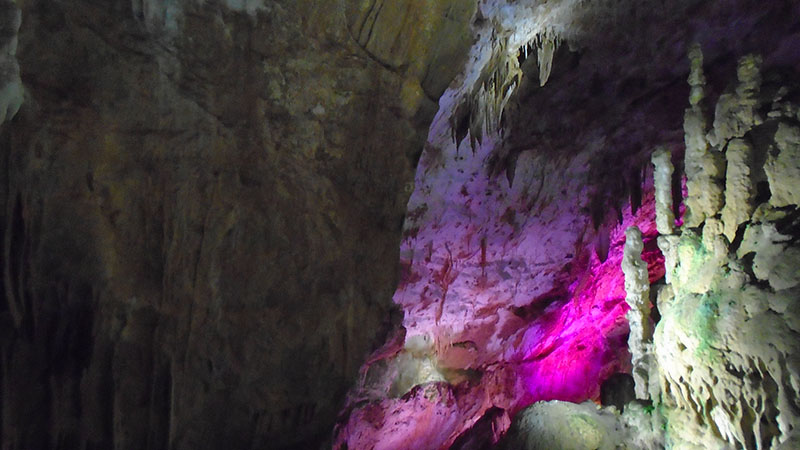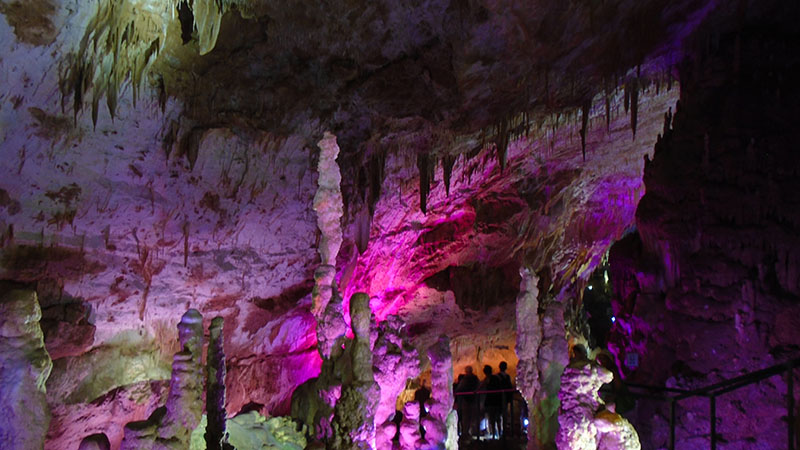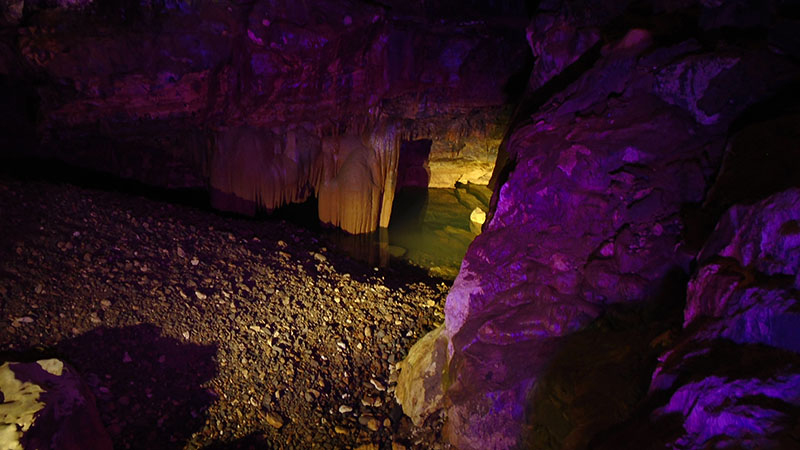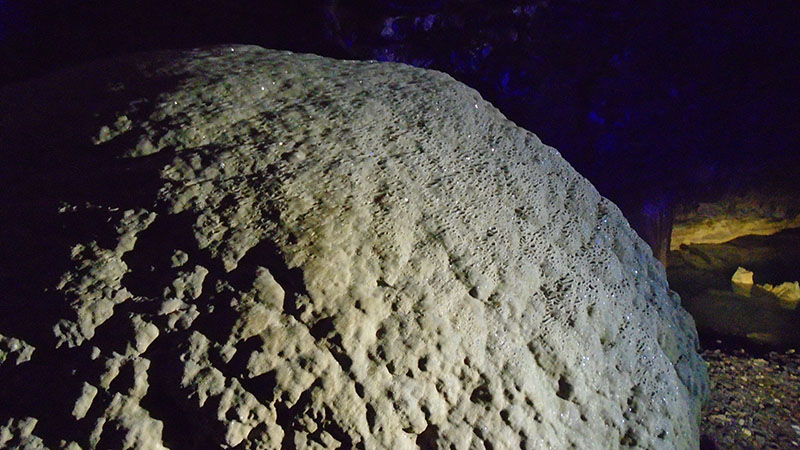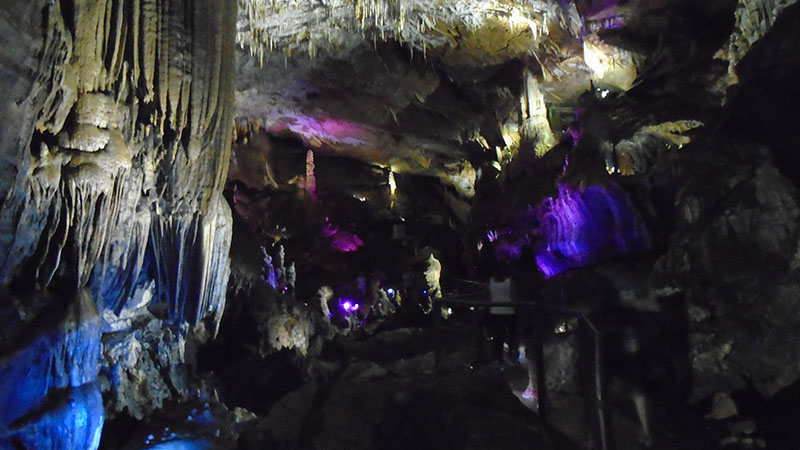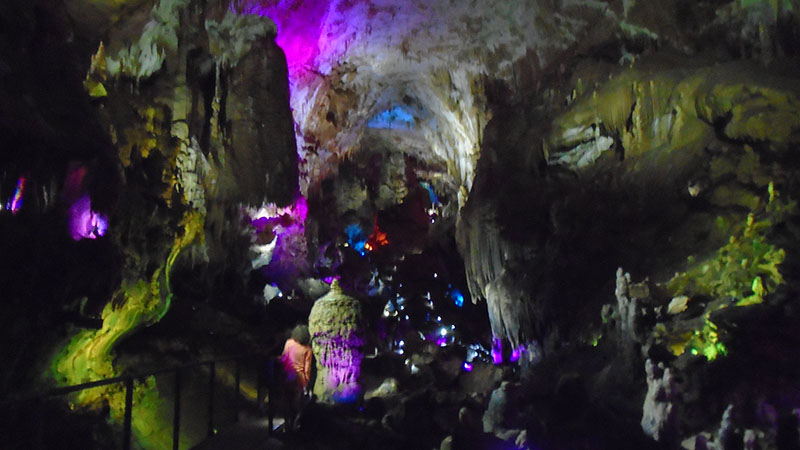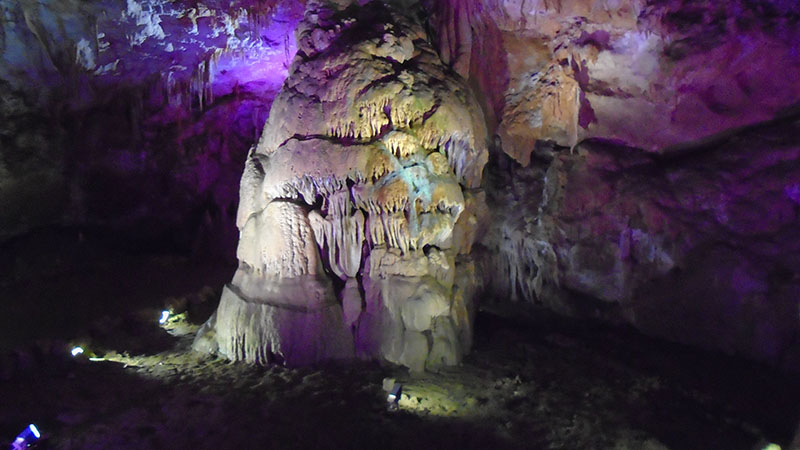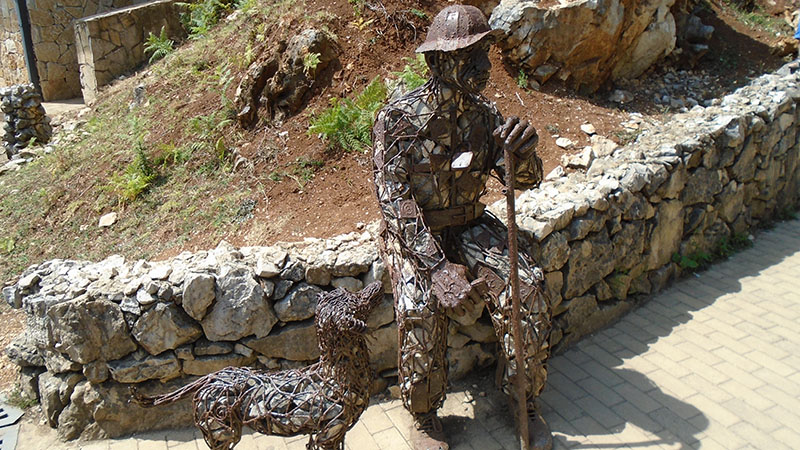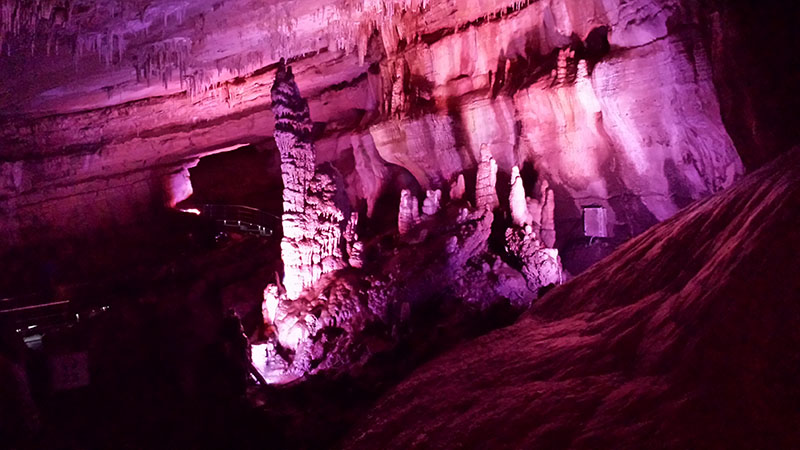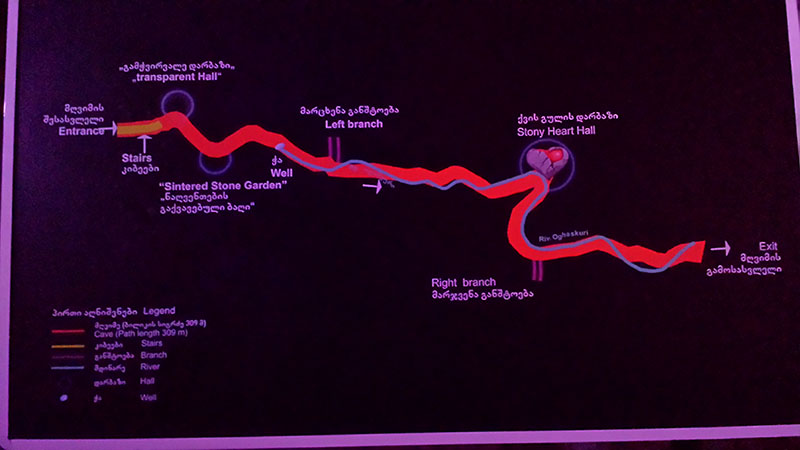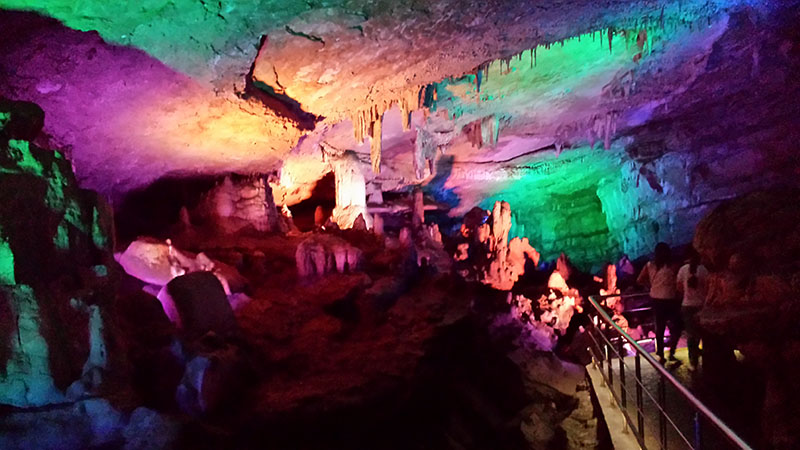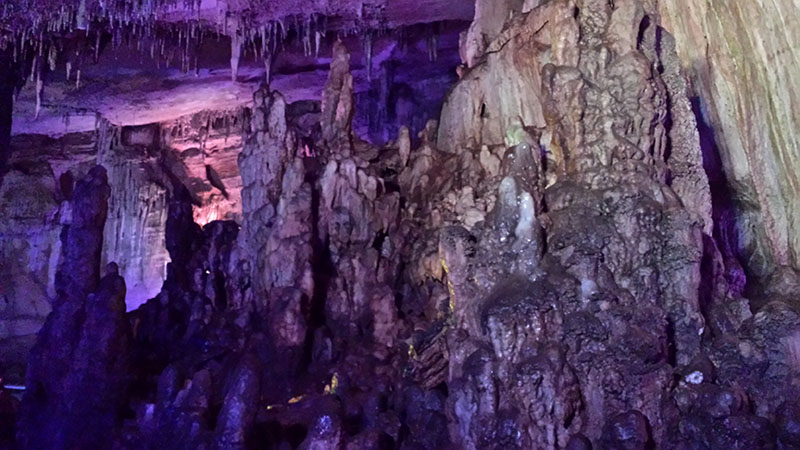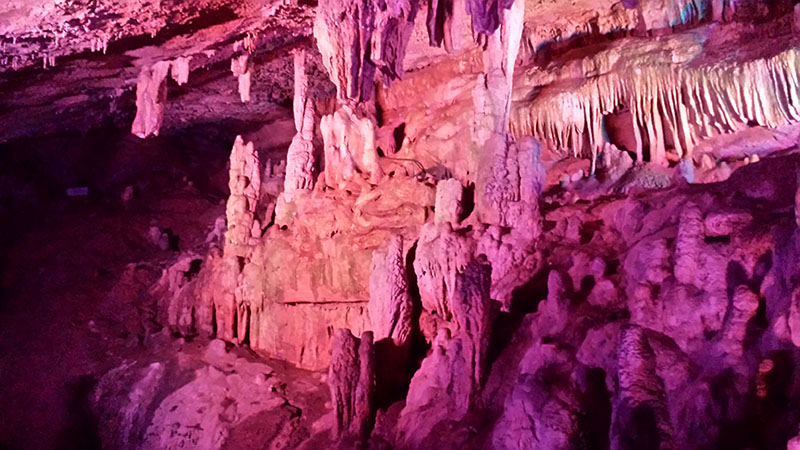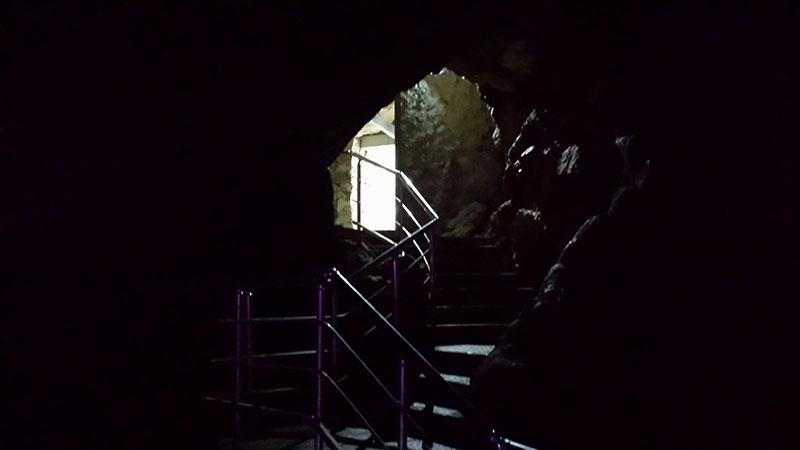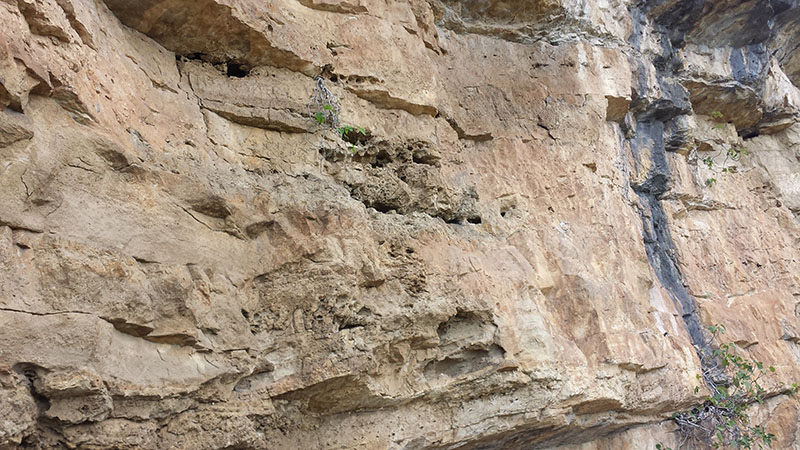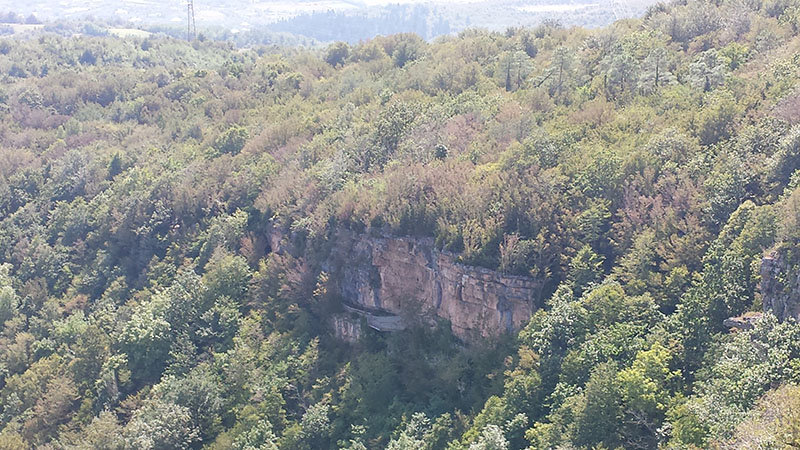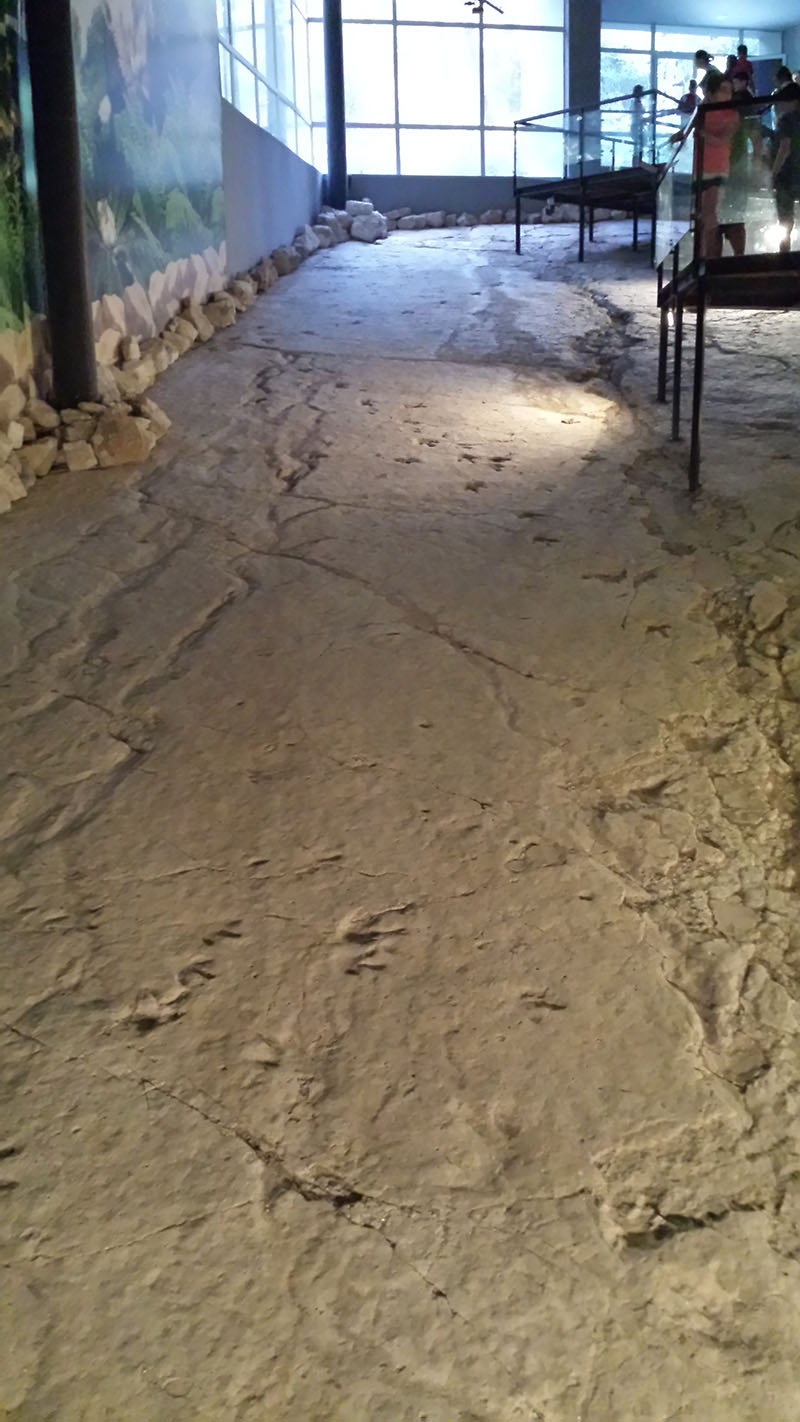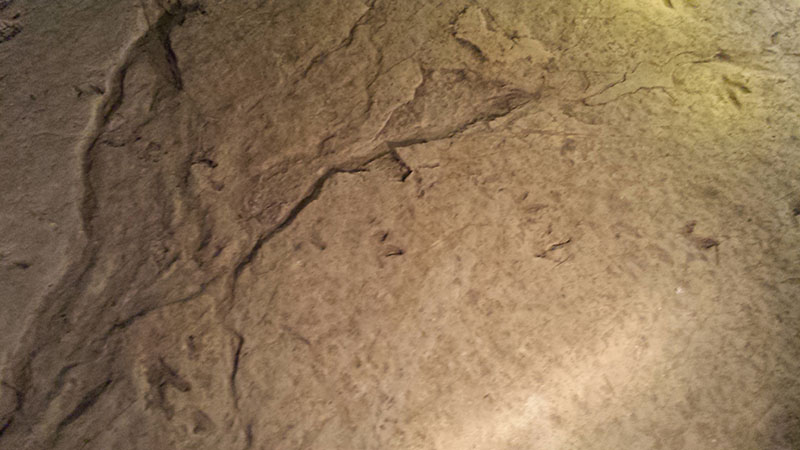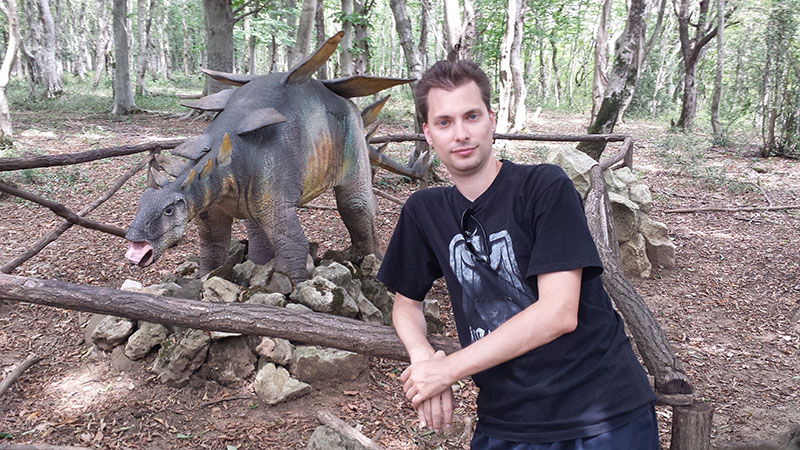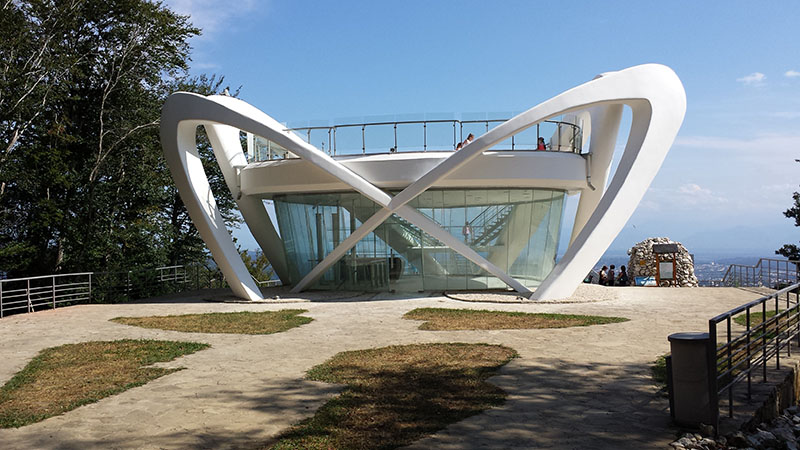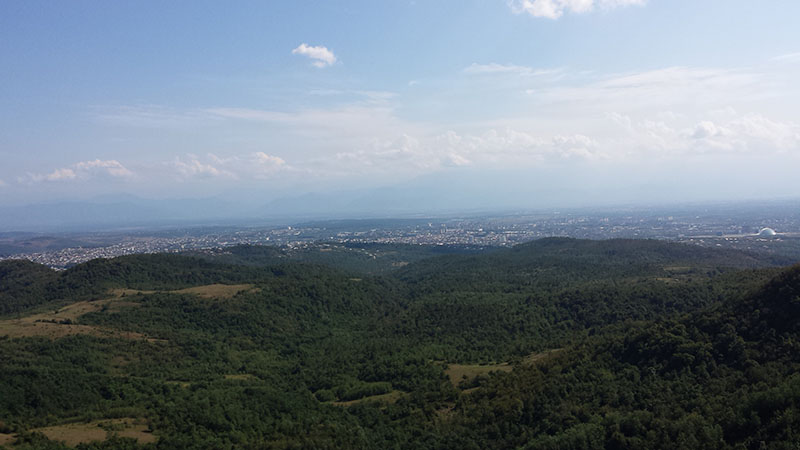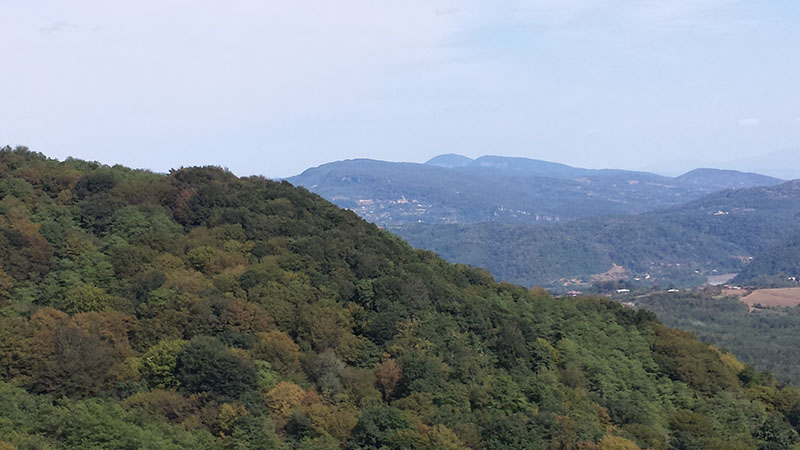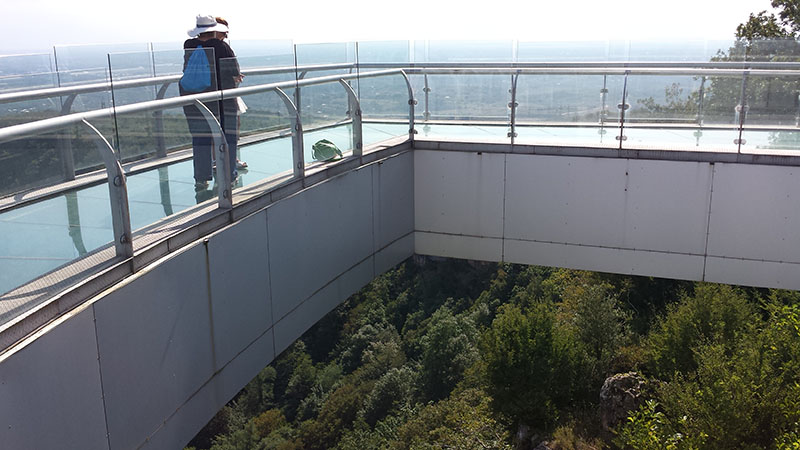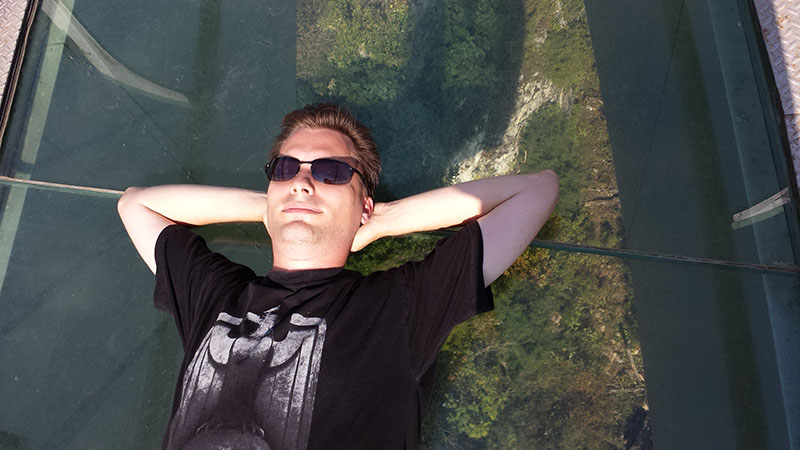Please note that the contents of this website are mine personally and do not reflect any position of the U.S. Government or the Peace Corps.
A friend recently put this question to me: "So you're telling me you've gone to a land with Tolkien-writing as the norm, large networks of cave cities, recent warrior queens of legend, and mythic shape-shifting knights? Are you sure you're still on the same planet?" Well, I get to add to that list awesome caves, cliff bees, and dinosaur footprints.
Caves
Georgia has over 1300 known caves. Yes, that means that virtually every cave ridden video game (I'm looking at you Oblivion and Skyrim) actually takes place in Georgia. Yesterday I got to visit two of them.
The first was Prometheus Cave, located ~20km outside of Kutaisi. Its huge. It was described to us as six chambers and about 800 steps worth of stairs. I've included several pictures, but these do not in any way do the place justice. When you get to the end there's a bud that returns you to the start.
You may notice a variety of colors in the cave. This is simply how they illuminated it. The place is lit with a variety of lights, most colored, some just white. Although everything remains dim, a little bit past dusk dim, you can easily see. It would be easy to imagine such chambers lit by multicolored fungus instead.
Also, they pipe in classical music. Violin concertos really. This and the lights help keep the bats away from tourists and their guano off the walkways. I'm sure we all appreciate that latter bit. Though, the bats mainly use the caves for hibernation.
The caves also have a natural water level. It varies with the season and can even get so high as to flood some of the walkway. More importantly, if the water elvel is high enough, rather than taking the bus, you can take a boat through even more of the caves. Unfortunately, the water level was too low for a boat ride when I visited, but that's just incentive to go back.
With that water level comes a 98% relative humidity (at 14 degrees C / ~ 57F). Everything is coated with a film of water. The rocks, the walkway, the handrails, all of it. Yes, one person in our group did slip. So you have to be careful. Without that walkway and its stairs it would have been terrible to navigate. Unlike caves in video games, the floor is not in any way even!
Most of the six chambers are named for someone or something in Greek myth, most specifically from the tale of Jason and the Argonauts. Why? If you know the story, then you know that Jason flounced over to Kolkhis, where he stole the golden fleece from. This is also reputedly where Zeus had Prometheus chained after he gave fire to humanity. Kolkhis (Colchis to westerners) was western Georgia. Specifically, Jason kiped that sheep skin from the city of Aia, which is now called Kutaisi. Is there an actual connection between the cave and the story? Don't know. I've heard it both ways.
The second cave was at Sataplia (which translates as the land of honey). This was a relatively short cave (about 900m) and really wasn't the reason we visited Sataplia. Where it was still awesome and had a wishing well of sorts (a hole in a rock formation that leads to a stack of coins), it was nowhere near as cool or large as Prometheus Cave. Sataplia has two other caves (remember how I said there were a lot of caves here?), but we only went in this one.
As you can see from the pictures both caves look pretty similar. Here's some common features:
- The inhabitants of them are all blind and without pigmentation. This includes fish, spiders, and even frogs. The exception are bats.
- These caves all formed out of limestone. The black you see on the walls is manganese residue. There's manganese mining in this region too, up at Chiatura , where the river has turned black. More on that town in a later post.
- The stalactites form at the rate of 1 cm every 100 years.
- Some stalactites form at angles due to wind whooshing through the cave.
- They are all about the same temperature year round (around 14 degrees C).
Honey
So... that honey I mentioned. Sataplia has four cool features to it, but each is pretty small/short. The first was the cave. The second is that historically honey bees built huge hives into the soft stone of the cliff side. Imagine a cliff literally dripping with honey. In ancient times locals would not only indulge in bee keeping but would harvest from the mountain itself. Of course, this honey also attracts other insects and brown bears, which are indigenous to the area.
Now a days, the cliffs are pretty much empty, but you can still see where they once dwelt. Sadly, I barely saw any signs of current bee residents (as in, only one bee).
Dinosaurs
Pronounced more like deenozors in Georgian (which made for an interesting moment in language class a couple months back), Sataplia is one of the few places in the world with preserved dinosaur foot prints. These were discovered back in 1933 by Peter Chabukiani.
From the signs about the park, I can tell you that the dinosaurs were from two different eras: Cretaceous and Mesozoic. The tracks belong to 25 different dinosaurs across 7 different species. The older ones belonged mostly to small (2m long) raptors, but the newer ones included 6m 30 ton guys.
View Point
To wrap things up we return to the modern world. At the top of Sataplia is a glass walkway and a great view. I'll just leave some pictures here for you.
As a footnote, yes, its true, my phone takes better pictures than my camera and its battery seems to last longer.




